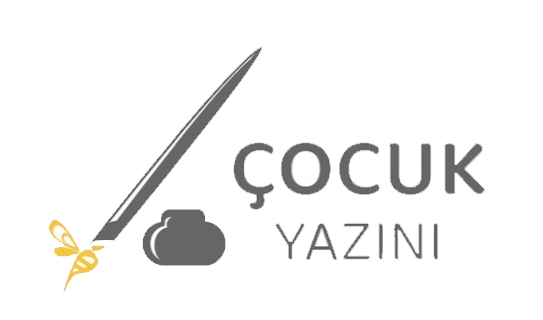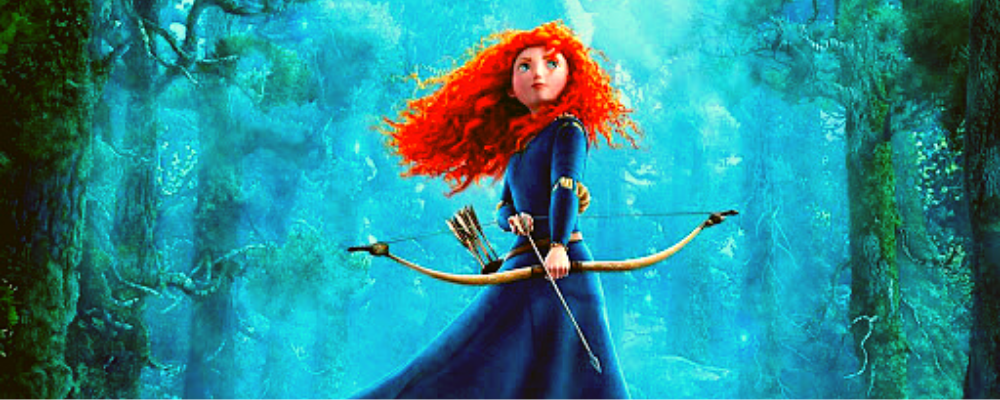Spot: The US-made animation, Brave, which debuted in 2012, relies on folk tales that have left a mark on Northern European culture and has a close relationship with today's some social issues.
Spot: The US-made animation, Brave, which debuted in 2012, relies on folk tales that have left a mark on Northern European culture and has a close relationship with today's some social issues. Unlike the Disney movies we are accustomed to, Brave allows us to rethink the gender issue, which has been continuing since the feudal era, with a modern-day look.
The subject matter of Brave is about the opposition of Merinda, a member of the royal family, to the social and gender roles that are expected from her to obey. Gender roles that society and culture determine are shaped by certain perceptions and definitions. In this sense, being a woman requires being docile, fragile and passive as well as having a good and polite appearance. Merinda conflicts with her mother Queen Elinor because she is a brave and powerful character who has a curiosity for archery and wildlife, and has a relax appearance since her childhood. Indeed, being "brave" is merely a result of the courage to make her own decisions about her life rather than the tendency of Merinda to be a warrior. However, the queen wants her daughter to be an ideal princess; that is, to transform her to the profile of acknowledged gender and status. In this respect, she tries to control every movement of Merinda in accordance with social acceptance and anticipation, starting from the scattered red hair and uncared appearance. According to Elinor, Merinda's destiny is to marry one of the heirs of other kingdoms to become queen like herself and to strengthen feudal ties.
In the movie, while Elinor wants her daughter to marry for the benefit of their social group and the preservation and continuity of the kingdom, Merinda tries to protect her own identity. Though Merinda's desire to draw her own destiny is accepted right, the sanctity and unity of the family is one of the main elements emphasized throughout the movie. This union breaks down after a contention with her mother and Merinda leaves the house. She demands from the witch, whom she met on the way, to change her mother's idea about her ??marriage. When her wish comes true, she finds her mother as a bear, of whom her father, Fergus, wants to take revenge. The queen, who turns into a bear, becomes wild in time within the wild life, but does not compromise on politeness and extreme elegance. Although it is difficult to adapt to wildlife, Merinda helps her with her courage and the archery ability that her mother was complaining about.
On the other hand, the kingdoms that entered into conflict due to the marital issue, calm down with authoritarian and unifying speech of Merinda likewise her mother. The conflict between the mother and the daughter is solved by a kind of empathy and common sense. However, to get back her natural appearance, the queen should return to the castle and should see especially her father, who has been attacked by a bear, namely Mordu, and has lost a leg. King Fergus sees his wife turned into a bear, and does know nothing about the events that are happening around himself and goes after his wife. Merinda is now struggling with her father to save her mother. After a long strife Merinda, who is piggy in the middle, faces a greater danger. The old king, who became a bear in the name of Mordu, asking for power from the witch to capture all the kingdoms, became thoroughly aggressive. Merinda's courage and archery is still useless against Mordu, but her mother’s altruism and intelligence save her. Merinda makes one last move to bring her mother back, and the magic eventually reverses. On the other hand, not only Elinor but also Merinda changes significantly.
Along with the emphasis on the importance of family throughout the movie, Merinda's attitude towards protecting her individuality and freedom seems to be supported. However, the identity struggle that Merinda experiences with her mother is reflected in her depression of adolescence rather than by relying on a social layer. Brave seems far from bringing a radical criticism to the roles and norms created by gender, but it also offers an alternative view to the audience beyond the classical or even normative style of Disney-made animated films. Even if Brave seems timid and overdue, the movie maintains its importance and updated status on the gender issue.
Bibliography
Cesur. Yön. Mark Andrews ve Brenda Chapman. Orlando:Walt Disney, 2012.

